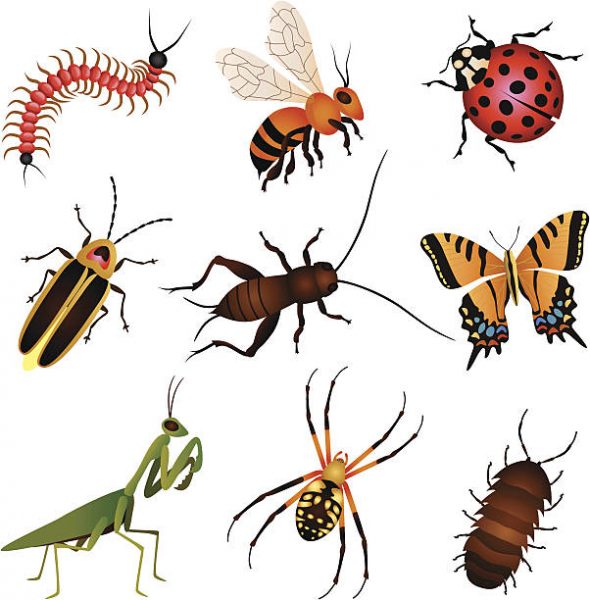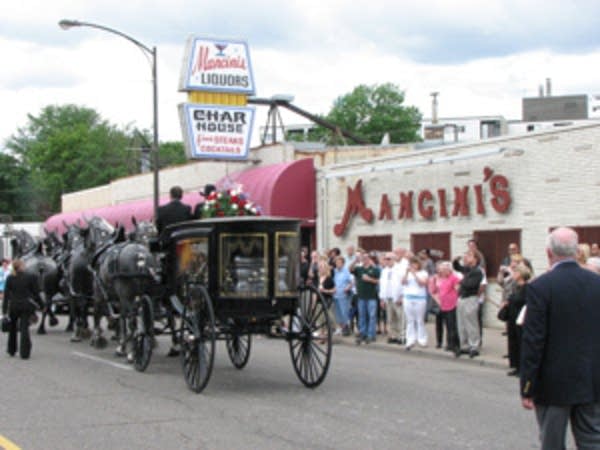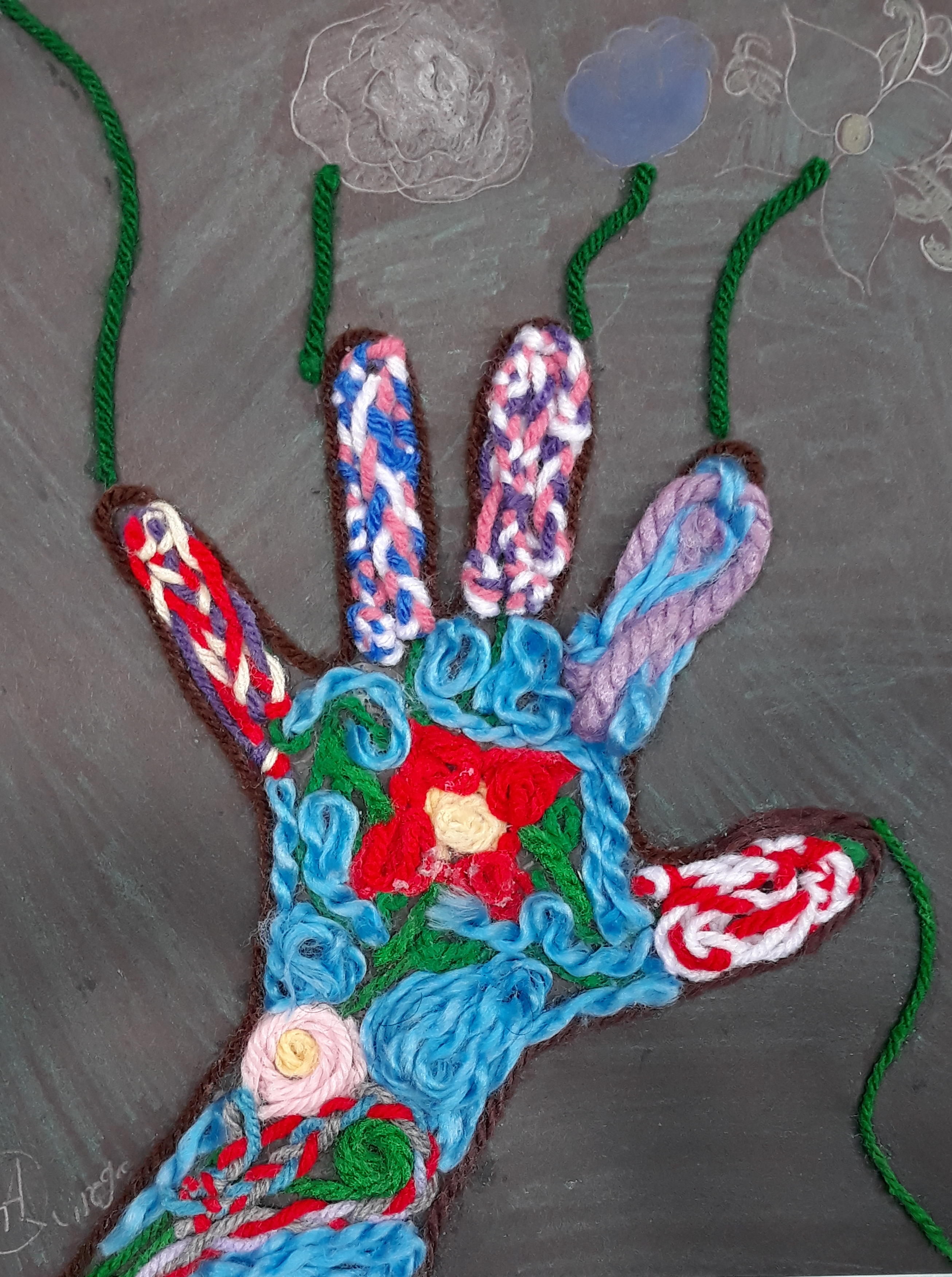Garden Views: What about those insects?
GARDEN VIEWS
KENT PETTERSON
columnist
What about those insects?
The loss of habitat and food sources and pesticides used to control insects, and in particular pollinating insects, has drawn increasing concern. The role of insects in the cycle of life for fruits and vegetables and our flowering plants is a key factor in our food chain. Homeowners recognize that their property can be a way station of friendly environment, a place for insects as they travel through the landscape, but not all know how to promote that. Many people appreciate green lawns for the attractive easy to maintain appearance. For insects, the lawn is mostly a food and habitat desert.
A recent program established through funding from the Environment And Natural Resources Trust Fund called Lawns to Legumes is supporting the idea that you can be part of the change that would help mitigate the loss of insects that live with us. The program encourages protection of endangered insects such as our state insect, the Rusty Patch Bee, and shows how we can help pollinating insects move from habitat to habitat easily through relatively small plantings of native flowers in our yards. The program provides grants and resources of information to provide the most effective planting you can provide.
Wild flowering plants that have co-evolved with the insects, which find the wild plants particularly well suited as habitat and a food source. Did you know that ornamental grass plants that are popular in landscapes are wind pollinated and do not require an insect to pollinate their flower? The flower on grass plants is small and not visually attractive to us or insects, and that’s why. They don’t need to appeal to anyone but the wind to do their job.
Minnesota has about 450 native species of pollinating bees, plus uncounted flies, wasps, beetles, moths, etc. Some of the bees look like flies. If you were to stand beside an insect friendly area on a sunny day, it is a delight to watch and listen to the buzzing going on as insects forage for food.
If you are interested in helping our pollinating insect friends and would like to stand near to them as they work in your own yard, you can go to bluethumb.org/lawns-to-legumes for more information. In our neighborhood there are probably several places, but you could check out 503 St. Clair and 199 Duke St. for two examples of what you can do in your own yard. Good gardening to you!




